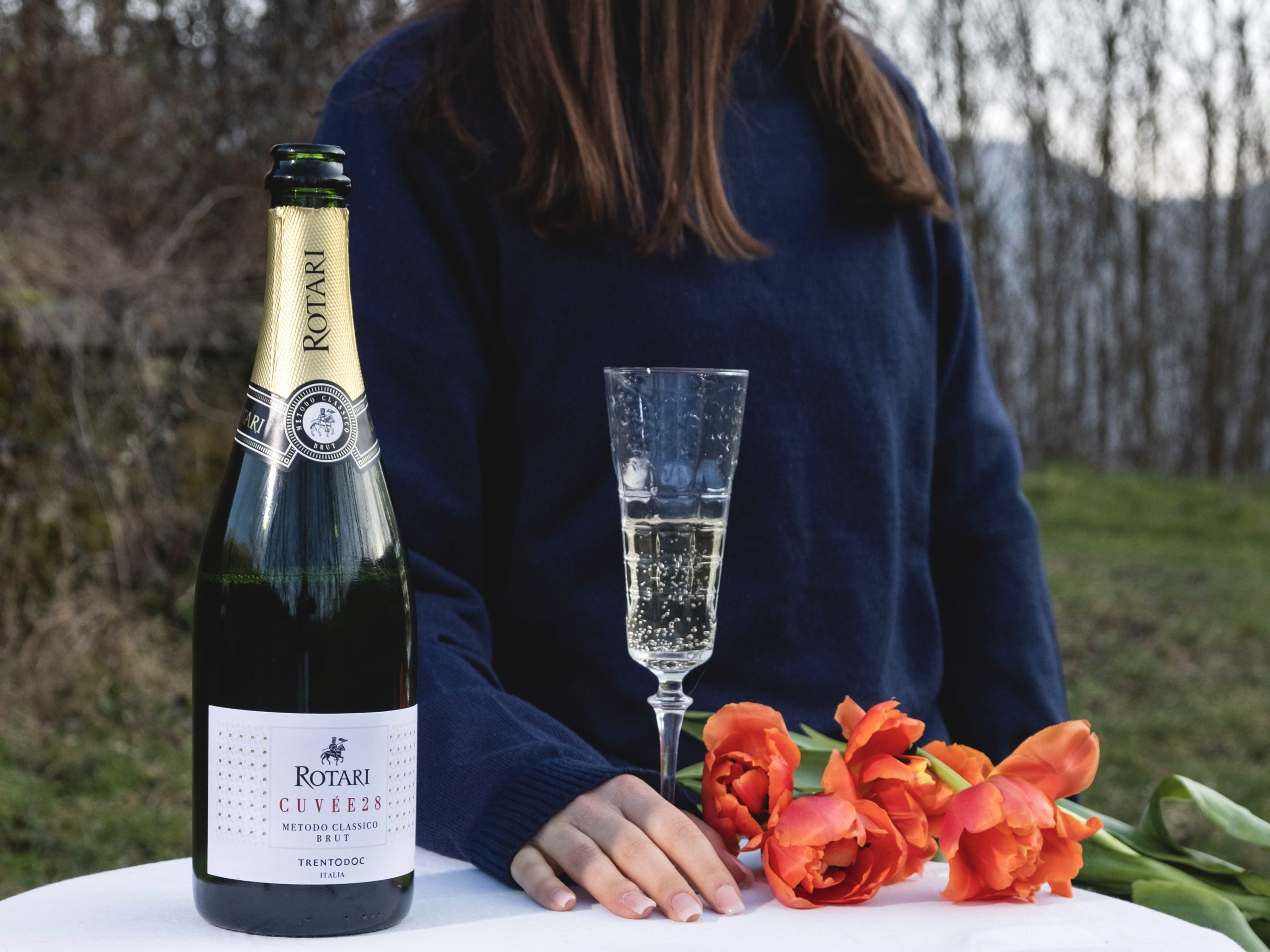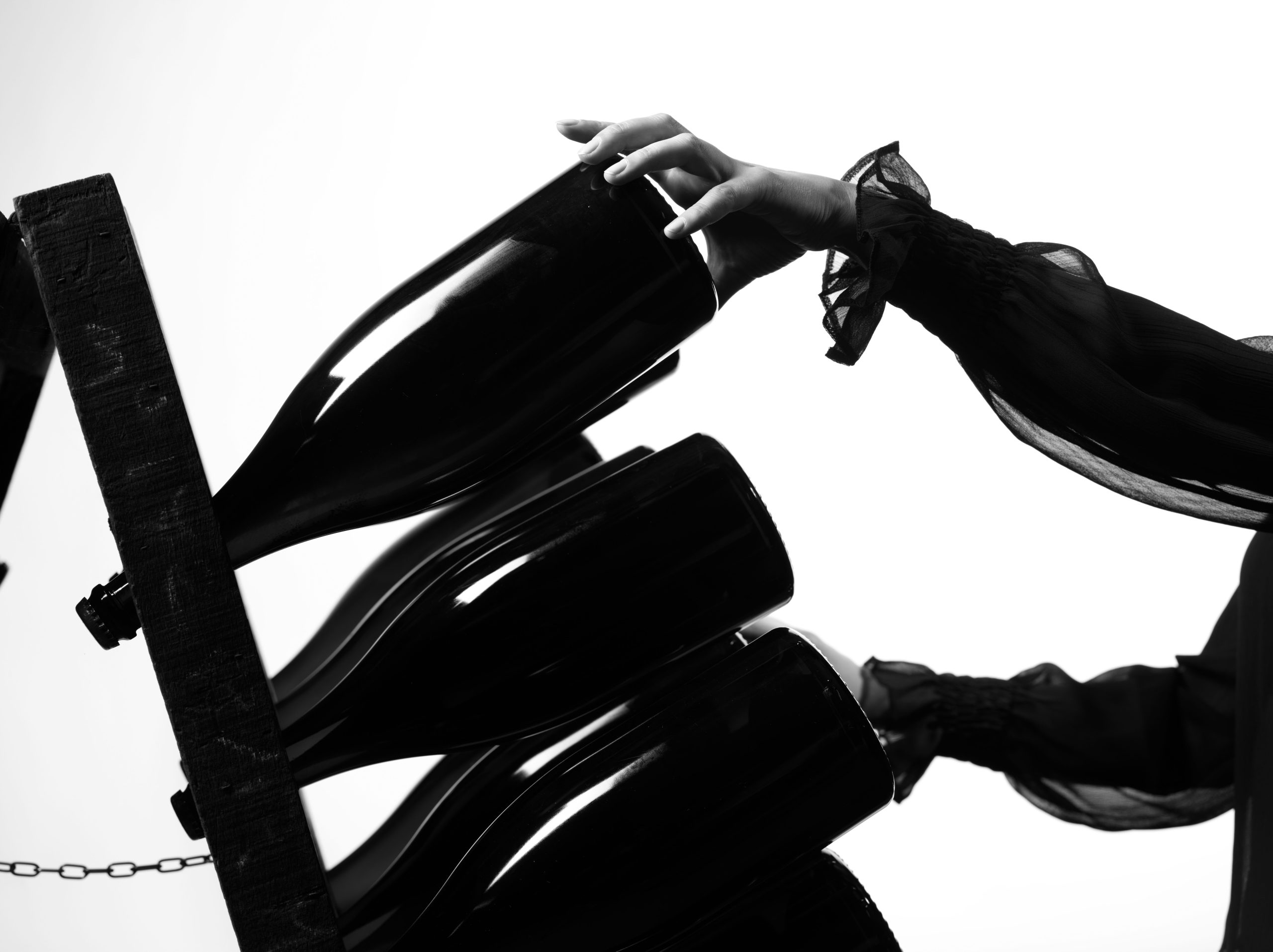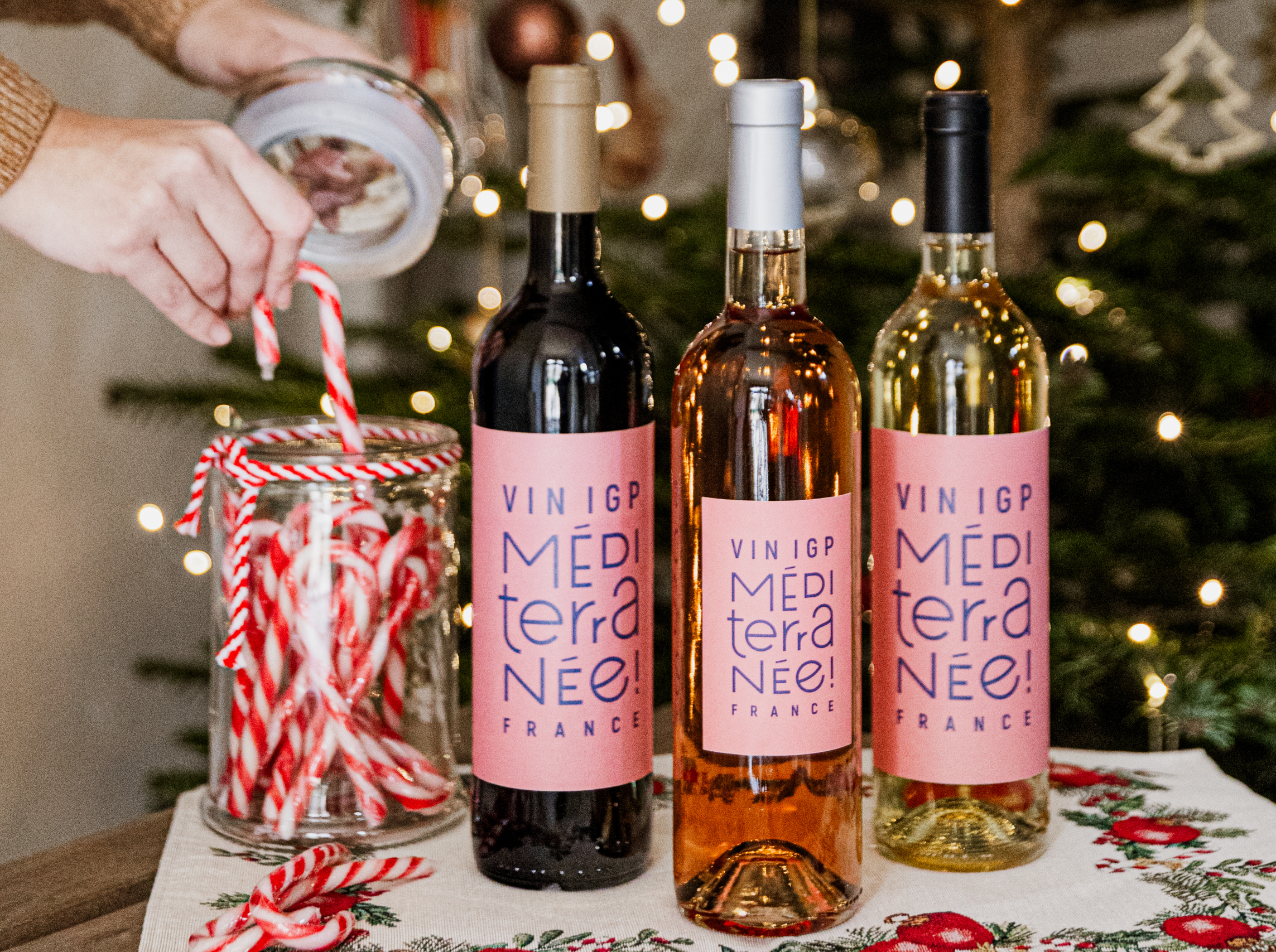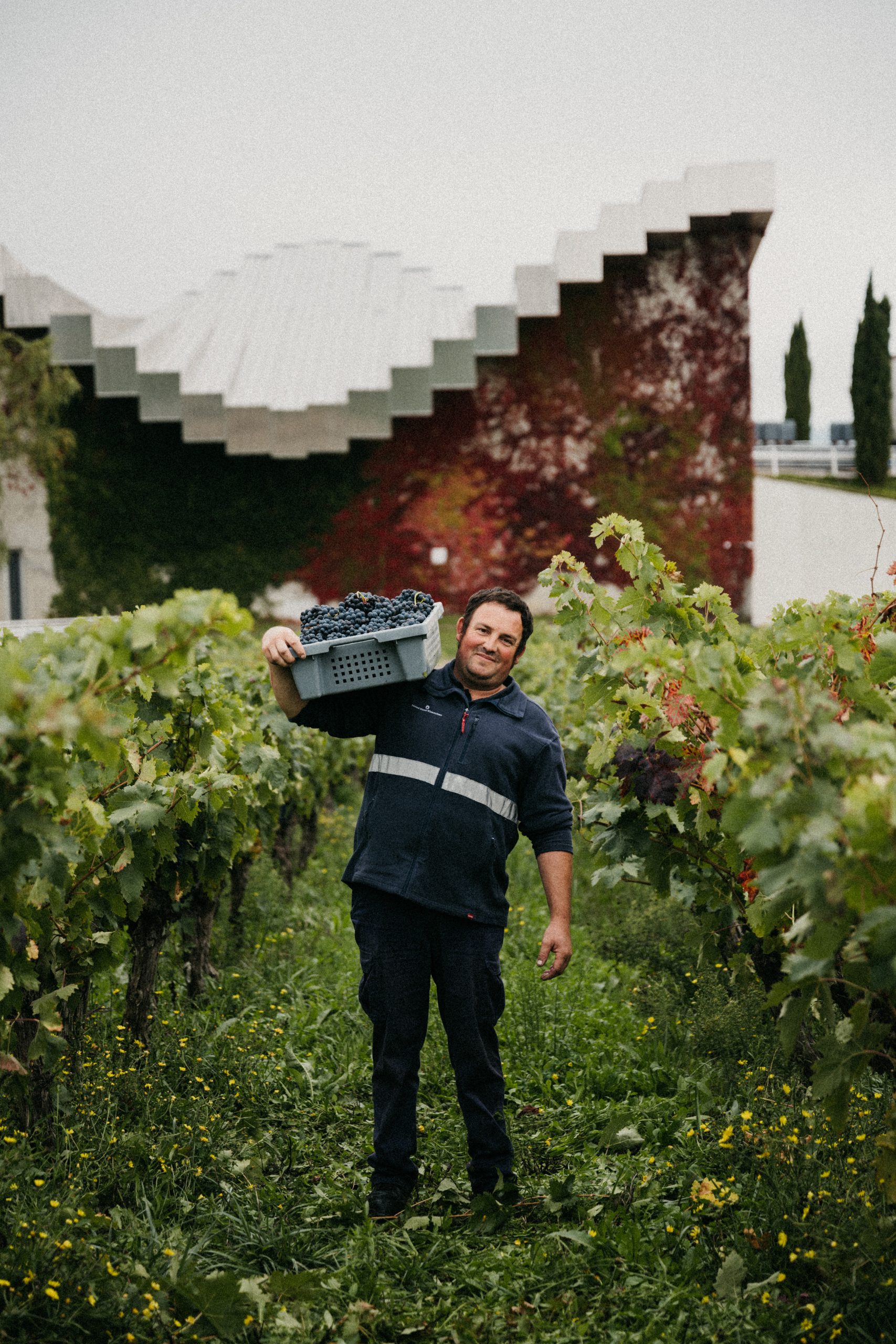Women of Argentina: Diana Bellincioni, head winemaker at Estancia Los Cardones, Salta
Today more women than ever are working in high profile, senior positions within the wine trade, but for many it hasn’t been an easy path to the top.
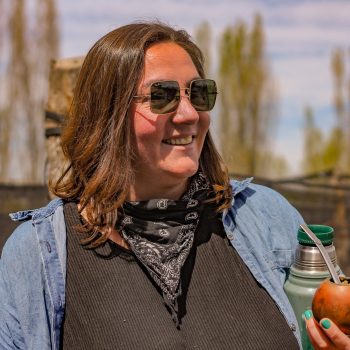
Wines of Argentina has been working hard to make visible the achievements of these women in its own industry in an effort to create an egalitarian, sustainable and inclusive culture in the world of wine. Equality is at the heart of everything that it does and highlighting the achievements of women has been part of its mission to rebalance the scales. Many women now run the show at vineyards across Argentina, as demonstrated by this year’s Wines of Argentina’s harvest report which exclusively features female winemakers.
Overall, the 2022 harvest resulted in low yields, due in part to two major frosts in Mendoza, with volumes dropping by as much as 30% in some regions. This presented both “difficulties and opportunities” to produce high quality grapes. Laura Principiano, oenologist at Familia Zuccardi, said: “The acidity this year suggests that the wines will age wonderfully,” while Agustina Hanna at Ruca Malen, added: “This was a great year in terms of quality with reds having a mellow texture and lovely freshness.” While Verónica Ortego at Mythic Wines predicts an excellent year for Cabernet Franc “with vivid colour and good concentration”.
Others are working to create more opportunities for women and breaking stereotypes. Amelia Janco is the owner of Dupont Winery in La Quebrada, in the province of Jujuy, northern Argentina, and leads a project that brings women together with the goal of breaking prejudices against women in the wine trade. “My participation in this world is with the group ‘Quebradenias y el Vino’, which is a collective of women who have been working to raise awareness about the non-abuse of alcohol and responsible consumption,” she says. “We consider that wine goes beyond alcohol, which has been synonymous with mistreatment. My hope is to encourage our surroundings, and especially the women of La Quebrada to consider wine as a point of encounter and communication, not as a rupture.”
As for Wines of Argentina, last year it signed up to the UN’s Women Empowerment Principles (the first wine trade body to do so), and it has also launched a new platform to support women working in wine. It wants every organisation in Argentina’s wine industry to be actively pursuing gender balance, offering support and guidance where needed to ensure women, and men, are given equal opportunities to succeed.
More recently, Wines of Argentina joined the Sustainable Wine Round Table, a global coalition working to improve sustainability across the wine industry. Its aim is to lead the development of global sustainability standards and the sharing of best practices, helping to strengthen the environmental, social and economic sustainability of the global wine industry.
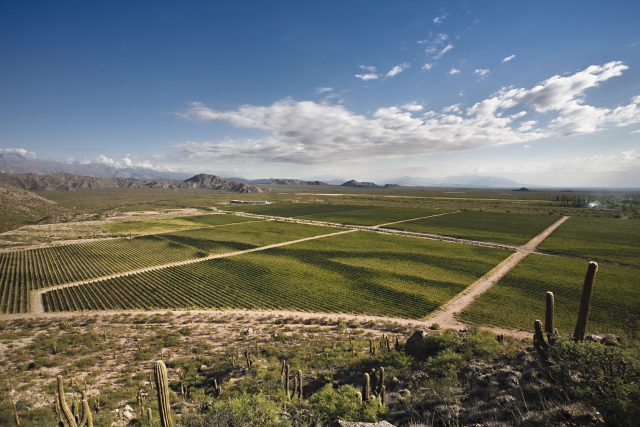
As part of Wines of Argentina’s mission, we have been talking to some of the country’s most prolific female figures, highlighting their achievements, experiences and the work that still needs to be done. In the last of our Women of Argentina series of interviews we speak to Diana Bellincioni, head winemaker at Estancia Los Cardones in Cafayate, Salta. She’s a leading light in Argentina’s wild north, but also runs the Almacén de la Quebrada, a small collective of producers making wines across northern Argentina and the Huichaira Vineyard in Jujuy.
Having first started working towards a career in medicine, Bellincioni changed direction after three years of study and instead focused her energy on oenology with a degree in management and agricultural production. She later studied at ISARA, an agricultural faculty in Lyon, France, with a focus on viticulture and oenology. After gaining experience at a winery in France, she returned to Argentina with the aim of working as a winemaker, carving a successful career with several top producers.
To read our previous Women of Argentina interviews, click here on the following: Valeria Gamper, Magdalena Pesce, Laura Catena, Patricia Ortiz and Paula Gonzalez. For more information on Wines of Argentina’s Women of Argentina campaign, click here.
What was your path to becoming head winemaker at Estancia los Cardones in Cafayate?
My first experience in Argentina was in Cafayate with Marcos Etchart at Bodega San Pedro de Yacochuya. After passing through the north, I left for Mendoza where I harvested at Bodega Kaiken with Rogelio Rabino. The next year I travelled to Jujuy to harvest at Bodega Fernando Dupont, again with Marcos. The next year I returned to Kaiken as the second oenologist. At the end of that harvest I was presented with a new challenge, brewing beer in a new project by Alejandro Vigil (winemaker at Catena Zapata and Wines of Argentina’s President) – a great experience which above all led me to meet the team at Mil Suelos, a project by Alejandro Sejanovich, Jeff Mausbach and Jorge Crotta. That year I was able to make my first harvest with them – an intense but beautiful season. In the middle of the year, I was finally given the opportunity to enter the winery thus understanding wine from another point of view.
Wines of Argentina recently set up a Women’s Platform and subscribed to the (UN) Women’s Empowerment principles. What do you think this will achieve for Argentina’s wine industry and why is it important to highlight the achievements of women working in senior positions?
I think that this initiative is very important. We are at a time where great changes are being achieved in terms of gender, but there is still a lot to work to do and the support from institutions like these supports the collective struggle.
Have you experienced any gender inequality over the course of your career?
Throughout my career I have suffered inequality, both in Argentina and abroad. In many situations I felt the need to work twice as hard, shut up or accept certain mistreatment in order to demonstrate that our gender does not make us conflictive people, difficult, but that we be part of a team and lead it.
Partner Content
More widely, what changes have you seen over the course of your career in terms of gender equality and opportunity for women in wine?
Over the years things have changed. Today, thanks to actions like these, the continuous struggle is a topic of dialogue at many tables. Today there are many people who listen and understand the issue. Today people rethink actions and or attitudes that were once overlooked.
Wines of Argentina is leading the way on tackling gender inequality across the wine industry. The country already has many women in senior positions. But what more could be done to encourage more women into the profession?
Exposure and stories of these women in the industry help and encourage a new generation to engage with the work in the knowledge that you can compete for managerial positions. That the effort is worth it and it is possible to get to where you want to be.
What measures does Estancia Los Cardones have in place in regards to ensuring gender equality?
We have an open space for dialogue with the owners to express our concerns, discomforts or suggestions.
Salta is a thriving wine region but not as widely understood as, for example, Mendoza. What makes it so special?
Salta is a province with huge winemaking potential which is expressed in its wines and its history. The variable terroirs, the freshness and intensity of its wines, the vineyards hidden between ravines. What we still have to discover and learn from this great region is what made me fall in love with working here. To think that in Estancia los Cardones we harvest Malbec in mid-January at its optimum ripening point, while Marcos (Etchart) at Bodega San Pedro de Yacochuya is picking the first Malbec in mid-March. It’s a clear example of the different microclimates that exist in the same valley.
How has the perception of Argentine wine changed during the course of your career?
Today we are faced with more curious consumers willing to try new varieties and wines from less traditional regions. They are interested in learning about the story behind a bottle, seeing what we seek to express through it and thus understand the combination of the place and winemaker.
Who are your biggest role models in the world of wine and why?
My greatest references today in the world of wine are three friends, who among them are family. All three are passionate, meticulous, committed and hard-working with very different styles and philosophies. Noelia Torres, partner and oenologist at Bodega Marchiori & Barraud, a benchmark in high-end wines in Argentina, a woman with inspiring tenacity and commitment to her work. Maricruz Antolin, oenology and viticulture manager of Bodega Krontiras, governed by a passion and madness rarely seen – idealistic, dreamy and a great professional. And Valeria Antolin, winemaker and agronomist at Bodega Piatelli, an example of work, perseverance and madness.
What advice would you give to anyone starting out in the wine trade?
It is an industry that requires perseverance, patience and hard work.
Related news
Castel Group leadership coup escalates
For the twelfth day of Christmas...
Zuccardi Valle de Uco: textured, unique and revolutionary wines

